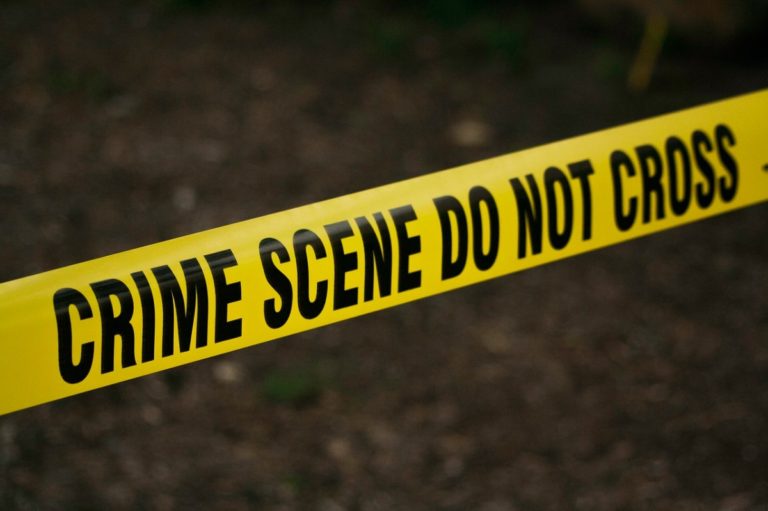Death can sometimes be gruesome. Accidents are the third leading cause of death in America, while suicide is the tenth. In some countries, homicide is a leading killer, taking more than 400,000 lives globally every year.
In these cases, things can get bloody. When the cops have gone and the coroner’s done, the mess is left at the crime scene. There’s a lot to go through, but someone has to do the dirty work. This is where crime scene cleaners come in.
What is a Crime Scene Cleanup?
A crime scene cleanup is a thorough cleaning of areas where death or injury occurred. It involves getting rid of blood, body fluids, potentially infectious materials (OPM), and other biohazards created with the process of human decay.
Aside from houses and condo units, crime scenes can also be found in vehicles, boats, and abandoned places.
It is sometimes referred to as forensic cleanup or biohazard remediation because their services may be employed for related biohazard cleanups, such as animal blood contamination. Their skills can also be used to clear a hoarder’s home.
In special cases, the government has employed crime scene cleanup firms to help with epidemic containment. During the Ebola scare, the Cleaning Guys from Texas were among those called to remove traces of the virus in apartments and hospitals.
When Objects Can’t Be Cleaned
Death can destroy things aside from a person’s life. Blood is a complex material. In its liquid state, it seeps through interiors and cores. When it coagulates and dries, it quickly leaves a permanent stain on anything it touches.
When blood and other body fluids have seeped in too deeply, the objects must be disposed of as medical waste. If left, they can pose a biological hazard to people who will enter the spaces after the cleanup. Aside from on-site cleaning, crime scene cleaners must also know the proper disposal of biohazard wastes.
Mattresses are a common unrecoverable object in crime scenes. Cleaners cut up the blood-stained parts to separate them as biohazards, which involves more cautious and technical disposal.
Floors are another casualty in crime scenes, especially if they’re wooden and old. When this happens, replacement is necessary. Blood-soaked floorboards must be removed. The area must be scrubbed spotless. Flooring services can then be called to restore it to its former glory.
Scrubbing a crime scene spotless can be the most thorough of jobs. Blood splatter can travel a maximum horizontal distance of 5361 mm. Body parts can also scatter across the room. These specks can be unpleasant discoveries for family members when they re-settle later. To prevent this from happening, cleaners repeatedly check nooks and crannies using a high-powered light.
Dangers of the Profession
The process of decomposition creates hazardous dust of dried bioparticles. Tiny and easily drifting through the air, they can spread all kinds of diseases to those still living. Dried blood can also be a source of infection, even after the deceased has decomposed for a while.
With the dangers of forensic cleanup, technical knowledge and special tools are necessary capitals.
Technicalities of the Profession
A license is not necessarily required to start your own cleanup company, but the US Occupational Safety and Health Administration (OSHA) lists standards and procedures in disposing of forensic waste. There’s the Blood-borne Pathogens (BBP) standard, which covers precautions to prevent contact with human blood and other bodily fluids. There are also guidelines for Personal Protective Equipment (PPE), prescribing professional gear to control infection and disease transmission.
But aside from setting standards, the OSHA is rather flexible in regulating cleanup firms, who are left to self-police and train their employees on OSHA standards. While not required, workers can also get certification from the American Bio Recovery Association.
Special Tools and Equipment
Aside from PPE supplies which must be regularly refilled, cleanup firms must also invest in cleaning hardware. For example, there are special vacuum cleaners that can prevent bacteria from being blown into the air.
Profitability
Behind its unglamorous image, crime scene cleanup is one of the most lucrative niche businesses in America. In 2015, around 600 cleanup firms reached more than $99 million in profits, and $357.5 million in revenues, according to IBISWorld. These numbers are despite the drop in violent crimes.
Firm owners and managers reap the most from its high prices, ranging from $1,000 to $40,000 per service.
It can likewise be a stable income for an average worker. The US Bureau of Labor Statistics has yet to list “crime scene cleaner” as a separate occupation, but they are categorized under hazardous materials removal workers, which had an average salary of $43,900 in May 2019, above the nationwide $40,000 median wage in the same year.
The Heart of the Profession
A loved one’s death is a horrible experience, and cleanup services are there to make it less traumatic as possible. By helping a family go through a difficult time, they may leave a lasting memory in clients.
Thus, aside from technical biohazard knowledge, sensitivity and empathy are other skills needed in the profession.



